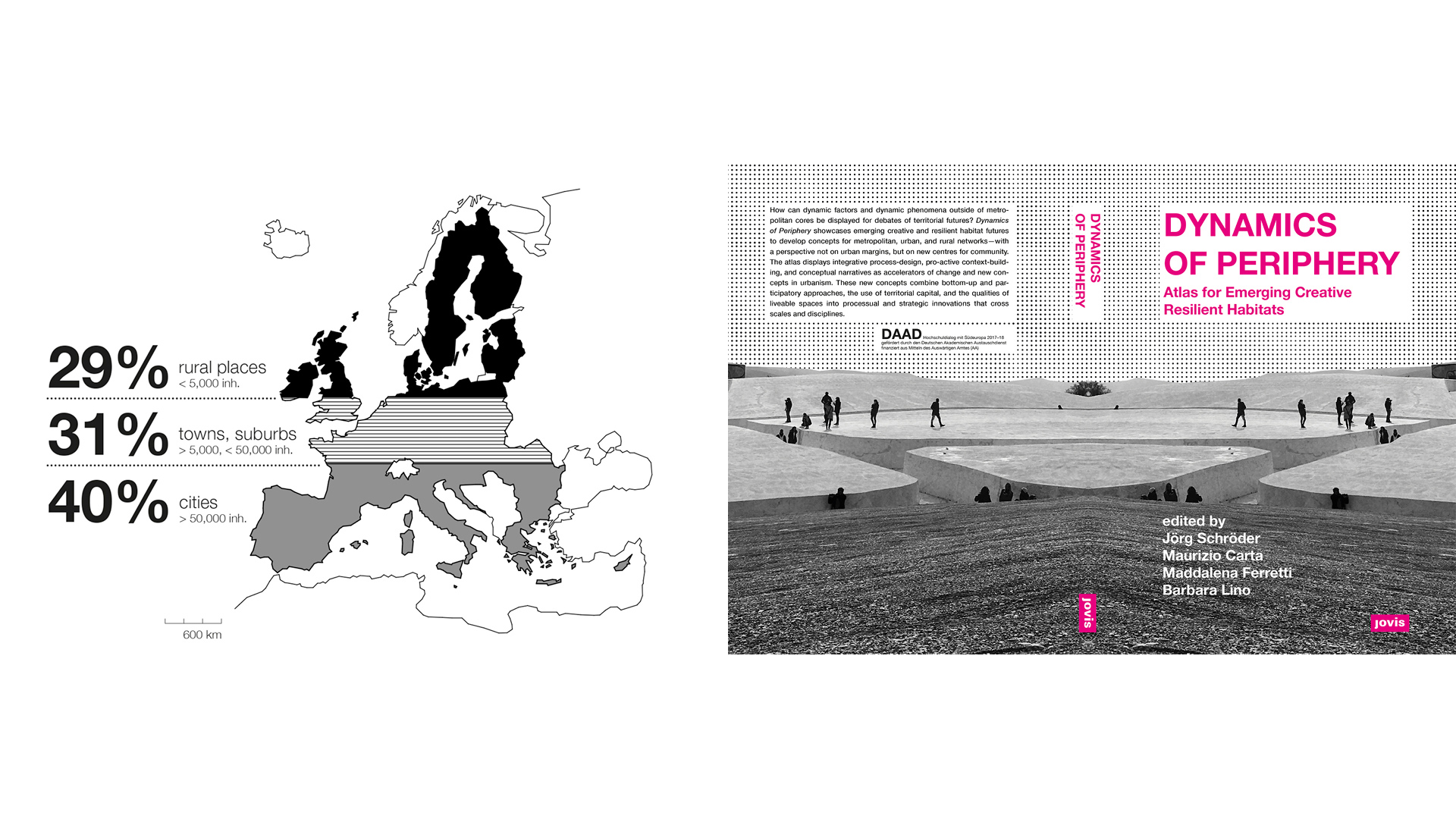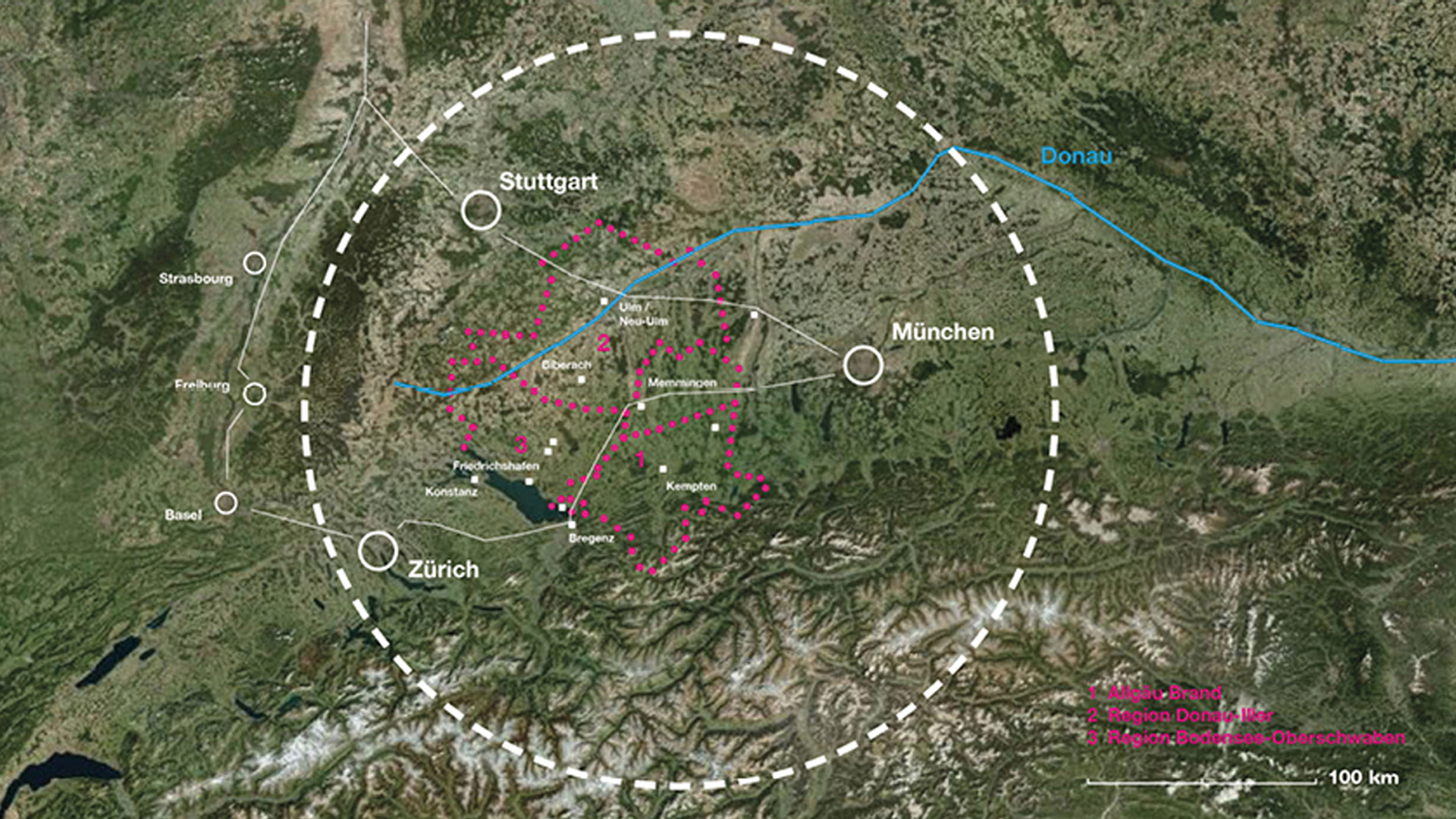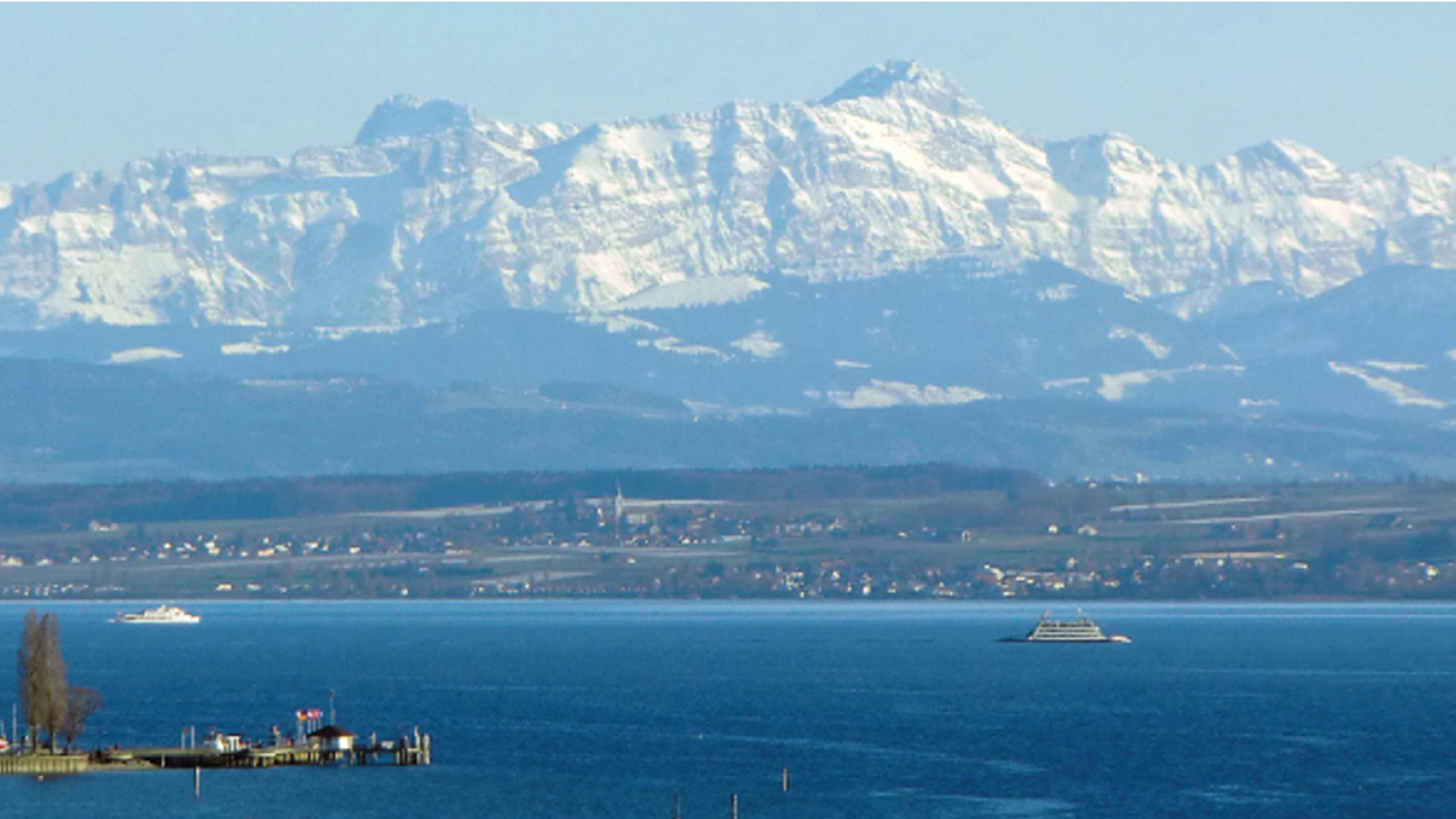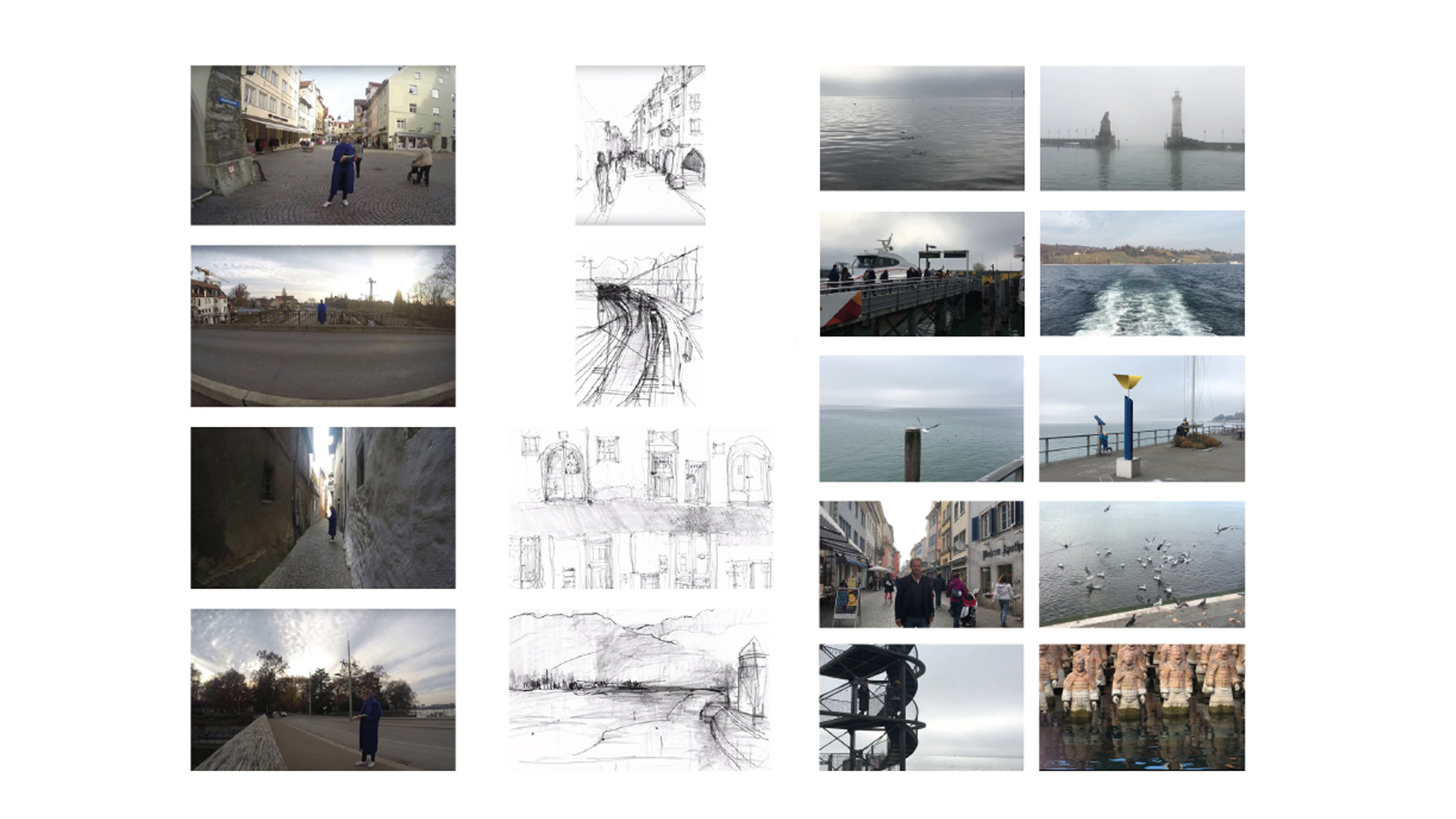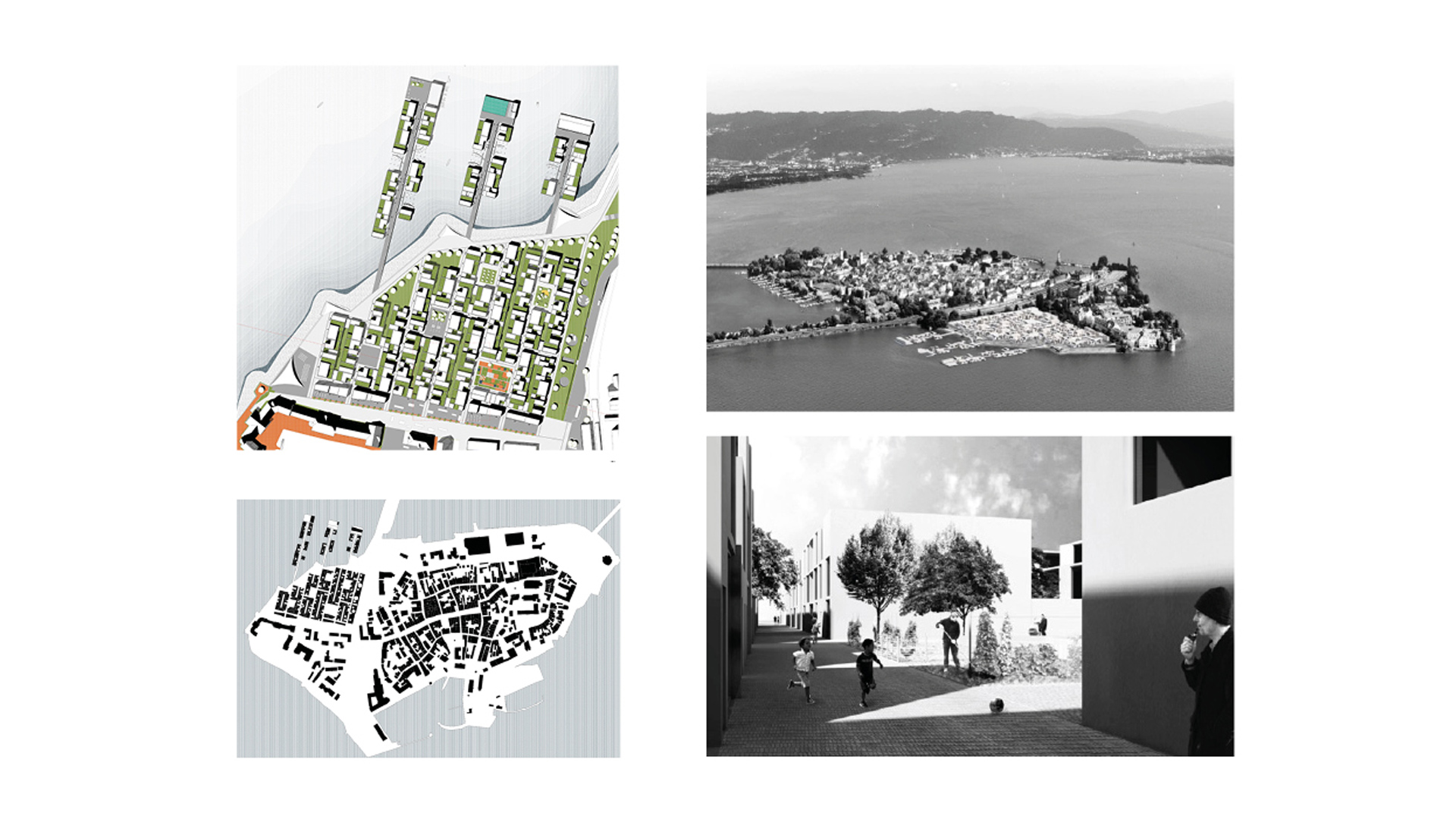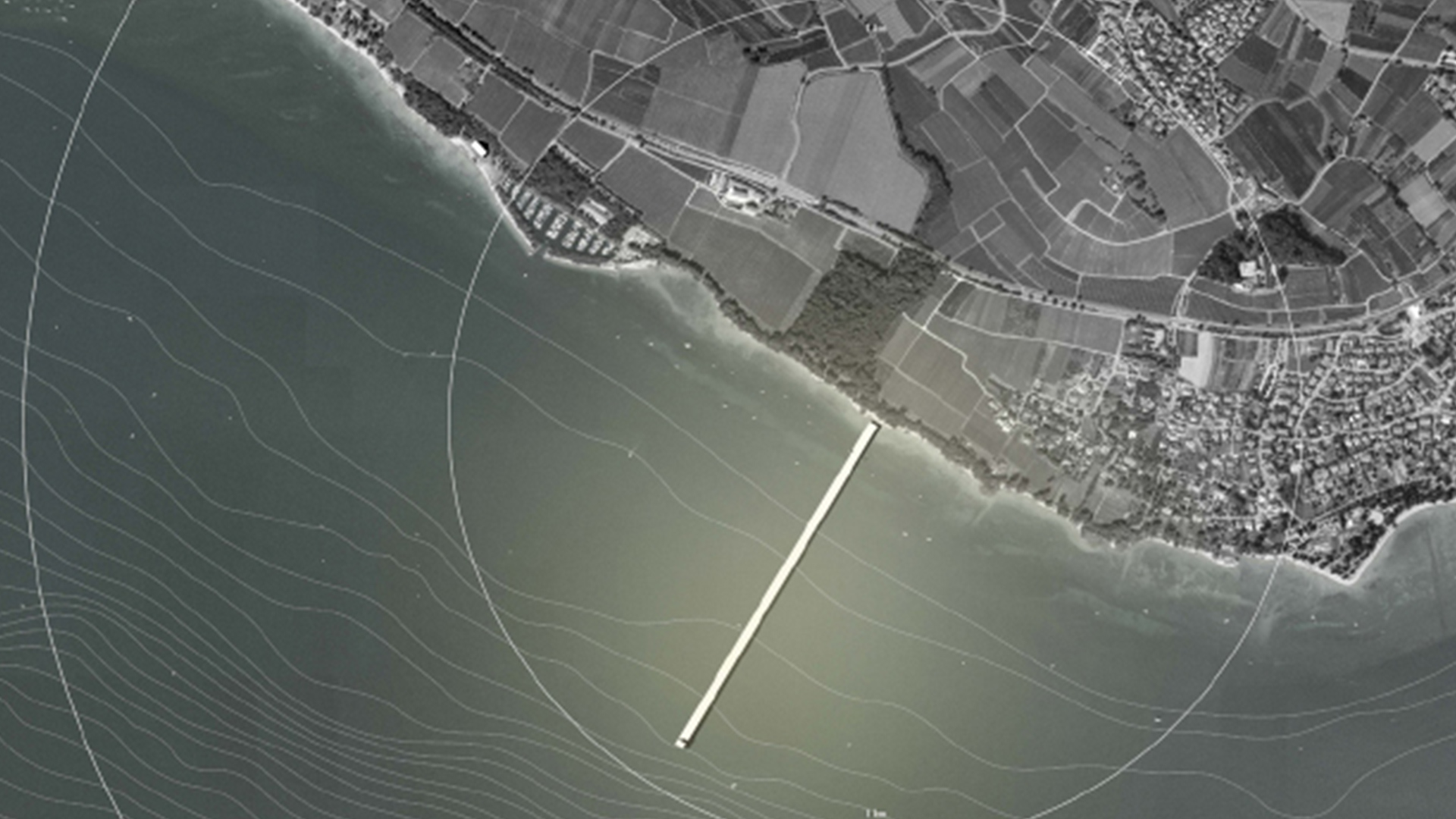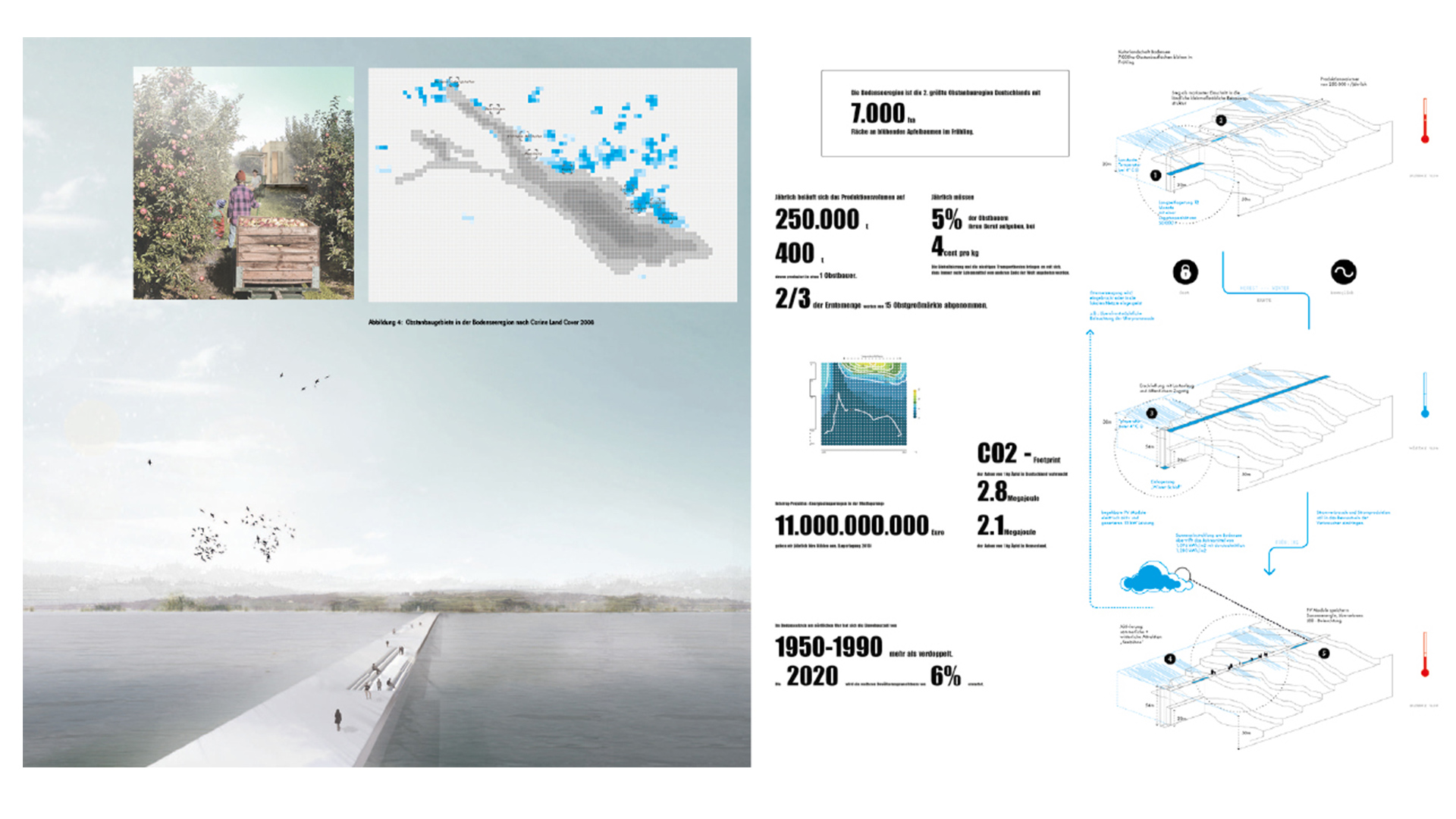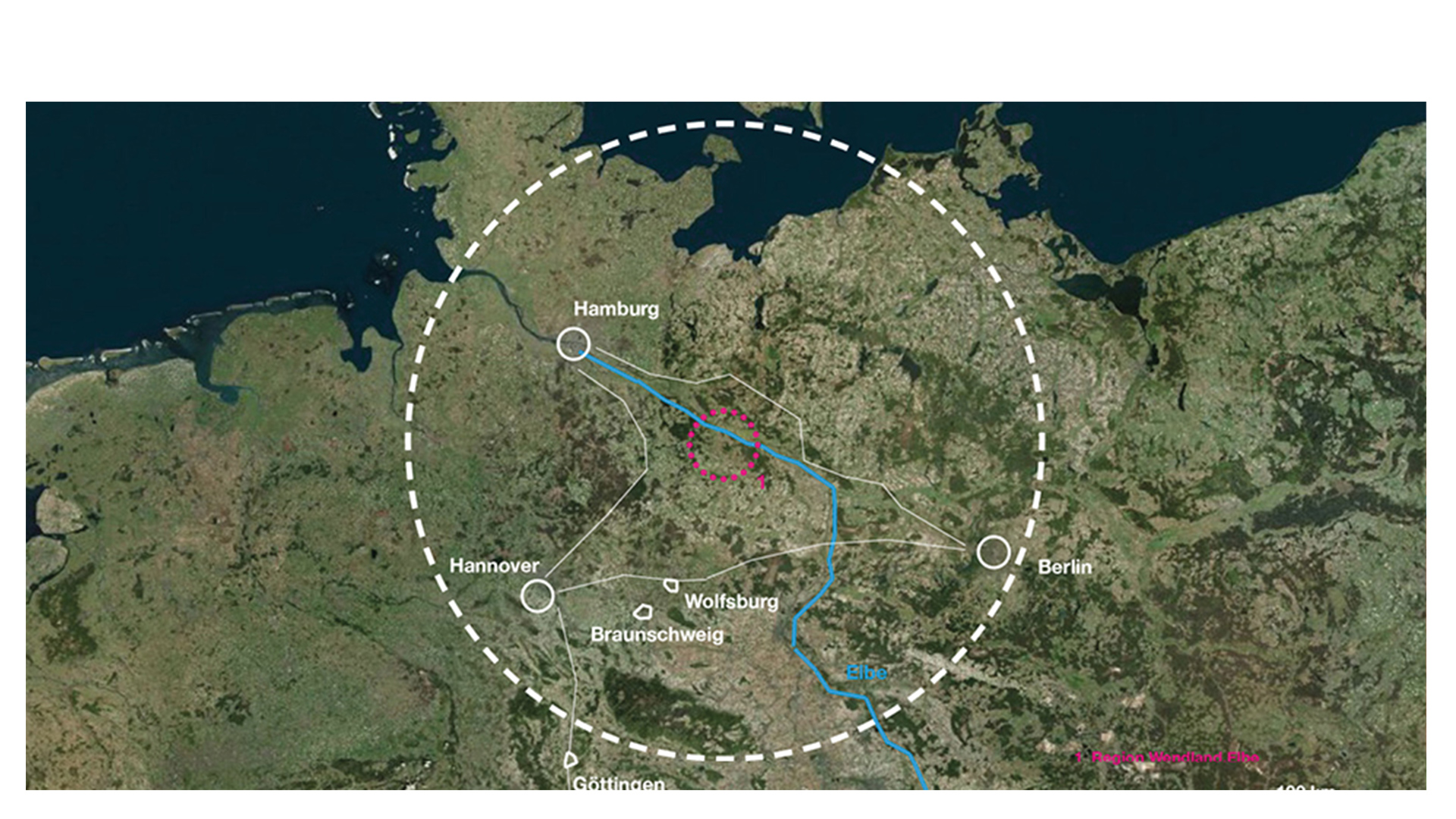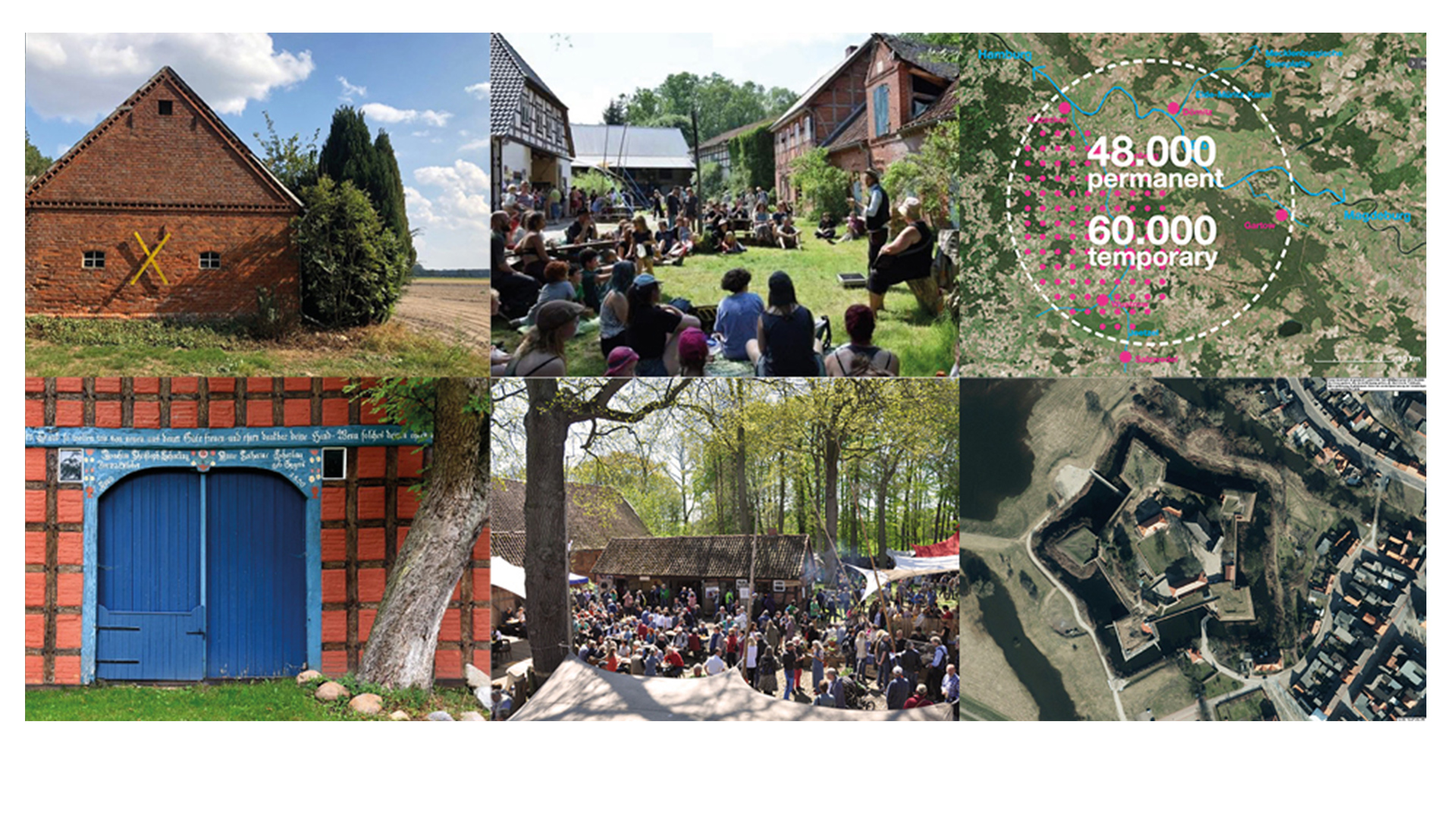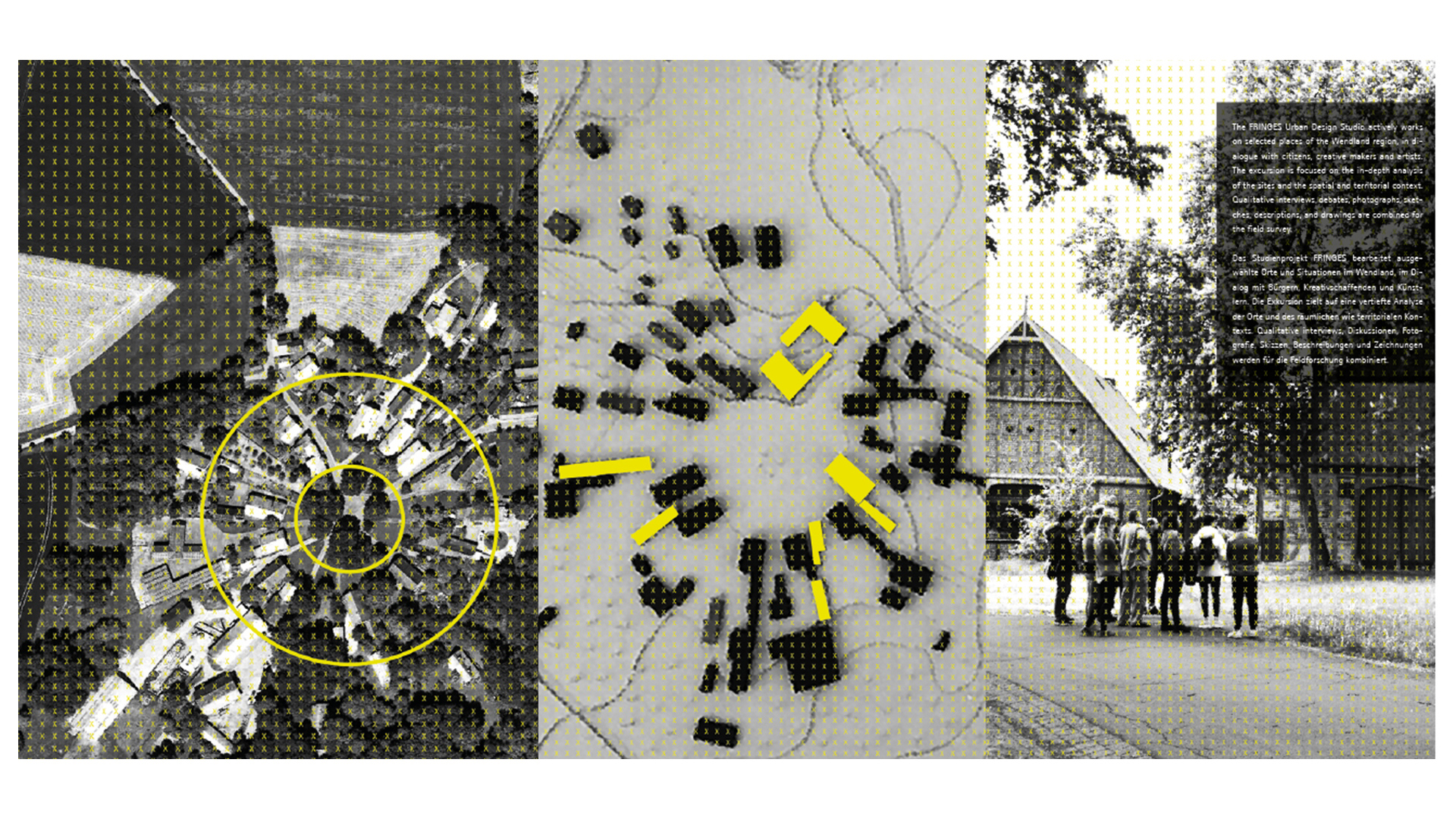This article calls for a territorial dimension of the Green Deal for cities, towns, villages, and regions. Dynamics of Peripheries are argued as promising accelerator for an effective and just transition of large parts of European territories – fragmented, diverse, and facing dynamic transformation processes. Place-oriented strategies towards Reserves of Resilience are discussed as important contribution to overall transformation to sustainability. The need to foster Territorial Creativity for a new Habitat Vision is put forward to innovate concepts and tools of urbanism and to strengthen action-oriented research: able to empower communities for shared visions and processes of transformation.
Starting from the challenge how to realise the European Green Deal, to target climate change, and how to decide for the Next Generation of public policies in and after the Covid-19 pandemic, we should face the multiplicity of spaces beyond metropolis. Taking into account cities, towns, villages, and regions, the challenge will not only be to achieve a transition towards a carbon-free life, but to direct forces and strategies towards a sustainable future of living spaces. The aim of a Just Transition will have to consider a territorial notion of the Green Deal, to facilitate chances of sustainable development locally—that then contribute to larger networks and constellations as well as foster initiatives of spatial-social innovation. A territorial notion of transition applies not only to material and economic flows and ecological issues, but also to social inclusion, possibilities, and to culture, to the inspiration, knowledge, and abilities to envision Future Habitats: in the sense of liveable places, vivid and inspired communities, caring for and working with nature. A new force of civil engagement, entrepreneurship, and research will be central to link with politics and public actors in these challenges. Thus, the success of the Green Deal will need to be based on our ability to create new pathways to imagine, evolve and steer Territorial Innovation.
Accelerators for Sustainable Change
The rediscovery of dynamic spaces and phenomena outside of metropolitan cores—not at least through the Corona crisis—puts a wide range of topics on the agenda: peripheries can be understood as arena of social, economic, cultural and ecological innovation and as laboratory for future living spaces (Schröder, Carta, Ferretti, Lino 2018). This potential calls for linking three approaches: (1) the concept of Reserves of Resilience between increased autonomy and flexible networks that combine mitigation and adaption to climate change, expanding the concept of resilience from systemic to spatial-social and dynamic dimensions that realise the core factors adaptivity and redundancy. (2) A Habitat Vision that addresses the potential of peripheries as attractive places for staying, returning, or settling: as spaces of possibilities for new living and working models, for multi-place modes and temporary citizenship, for new communities. (3) Territorial Creativity that can trigger social, cultural, spatial, and natural assets, preserve and develop them (Scaffidi 2018), by enabling local actors and communities and by creating new linkages between metropolitan cores and peripheries: towards strategies for metropolitan, urban, and rural networks with a perspective not on urban margins, but on new centres for community.

